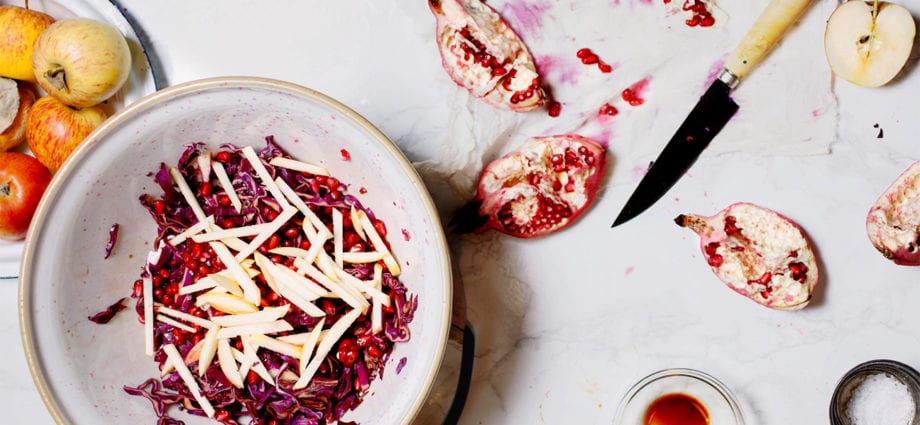If you combine all the types of cabbage you are familiar with, you get a lot. You have probably tried each of them at least once, but you have no idea about the benefits of some. It contains a lot of vitamins, while the calorie content of cabbage is small.
White cabbage
The most common and inexpensive type of cabbage, it grows in our beds, and therefore they eat cabbage all year round – they ferment, stew, take it as a basis for filling, cook borscht. It contains vitamin U – methylmethionine. It helps to treat gastric and duodenal ulcers, colitis, gastritis and intestinal flaccidity.
White cabbage contains 10 times more vitamin C than citrus fruits than carrots. This cabbage contains vitamins B1, B2, PP, folic acid, potassium salts, pantothenic acid, calcium and phosphorus.
Cauliflower
This cabbage is absorbed by our body better than others, it contains relatively little fiber. Which irritates the stomach lining. It is widely used in baby food and dietary meals for diseases of the gastrointestinal tract.
Cauliflower is used to prepare salads, side dishes for meat, soups, casseroles, and is also cooked in batter or breading as a separate dish. Cauliflower can be stored for up to 10 days in the refrigerator and tolerates freezing very well. To keep the cabbage white when boiling, add a little sugar to the boiling water. You can boil cauliflower in mineral water – it will taste even better.
Red cabbage
This cabbage is tougher than white cabbage in structure, therefore it is not so popular. But it contains much more vitamin C and protein and can be stored for a very long time. This type of cabbage is used for the prevention of cardiovascular diseases.
Salads are prepared from red cabbage, it is pickled to be consumed in winter. It is used as a filling for dough or served as a separate side dish for meat dishes.
Broccoli
There are several types of broccoli itself. Which differ in shades of color, shape and length of stems and inflorescences. All of them are united by taste and undoubted benefits. Broccoli contains a lot of vitamin C, PP, K, U, potassium, folic acid, fiber, beta-carotene, antioxidants. Broccoli is low in calories and is used in dietetic foods.
Fillings are prepared from broccoli, they are boiled, fried in batter and breadcrumbs, soups, stews, or eaten raw with sauce.
Savoy cabbage
Savoy cabbage is similar to white cabbage, but looser in structure and more delicate in taste.
This species is not very popular due to its short storage and relative high cost. In appearance, Savoy cabbage is green on the outside, but yellowish on the inside, it is more high-calorie and contains mustard oils that are useful for the elderly.
Brussels sprouts
Brussels sprouts reduce the risk of cancer and diseases of the cardiovascular system, it is high in vitamin C, fiber, iron, phosphorus, potassium, B vitamins and vitamin A.
Small heads of Brussels sprouts are boiled, added to salads, soups, stewed and fried, served as a side dish for meat fried in breadcrumbs. Cabbage is perfectly frozen and stored throughout the winter.
kohlrabi
In this cabbage, not the leaves, as in all previous types, are eaten, but the thickened lower part of the stem.
Kohlrabi is a dietary product, it is rich in glucose and fructose, vitamins B1, B2, PP, ascorbic acid, potassium salts, sulfur compounds. Cabbage is served as a side dish with sweet and sour sauce, added to salad. Kohlrabi is dried and fermented for long storage.
Chinese cabbage
Previously, Chinese cabbage was transported from afar, and its price was beyond the reach of most. Now the situation has changed, Chinese cabbage is actively grown in our country and many people prefer it for its softness and benefits.
It stores vitamins throughout the winter, and is an excellent addition to any table in fresh salads.










